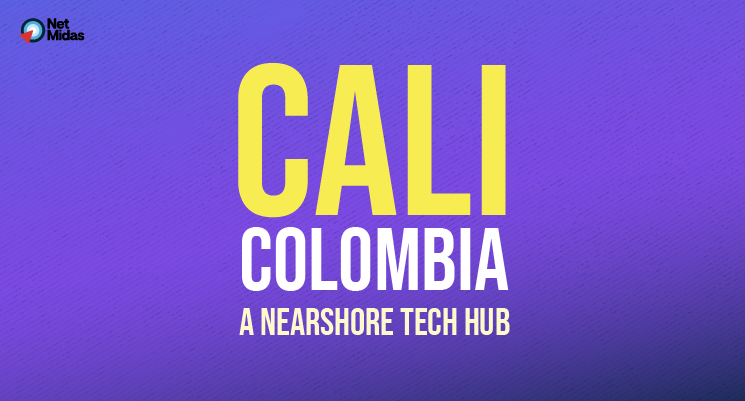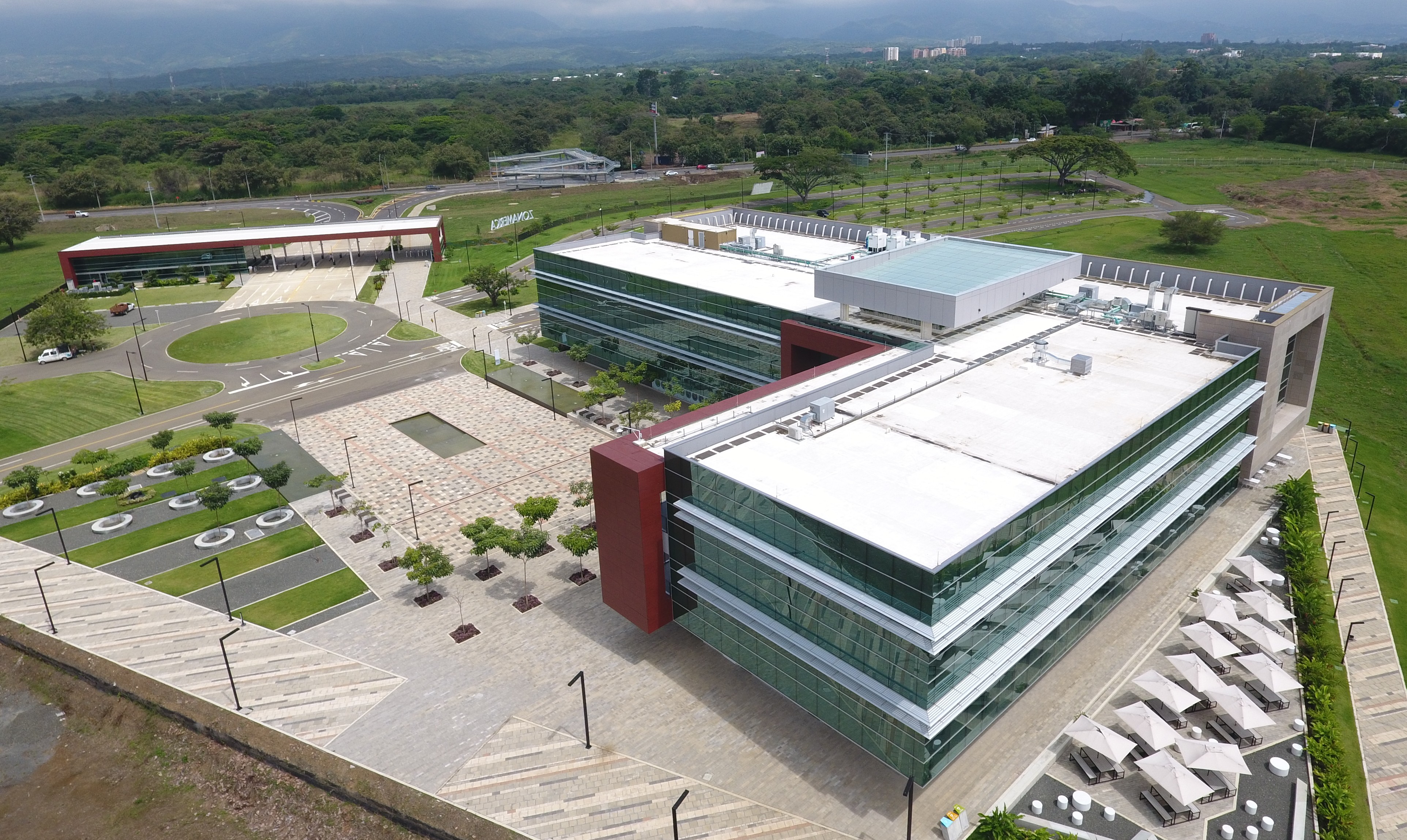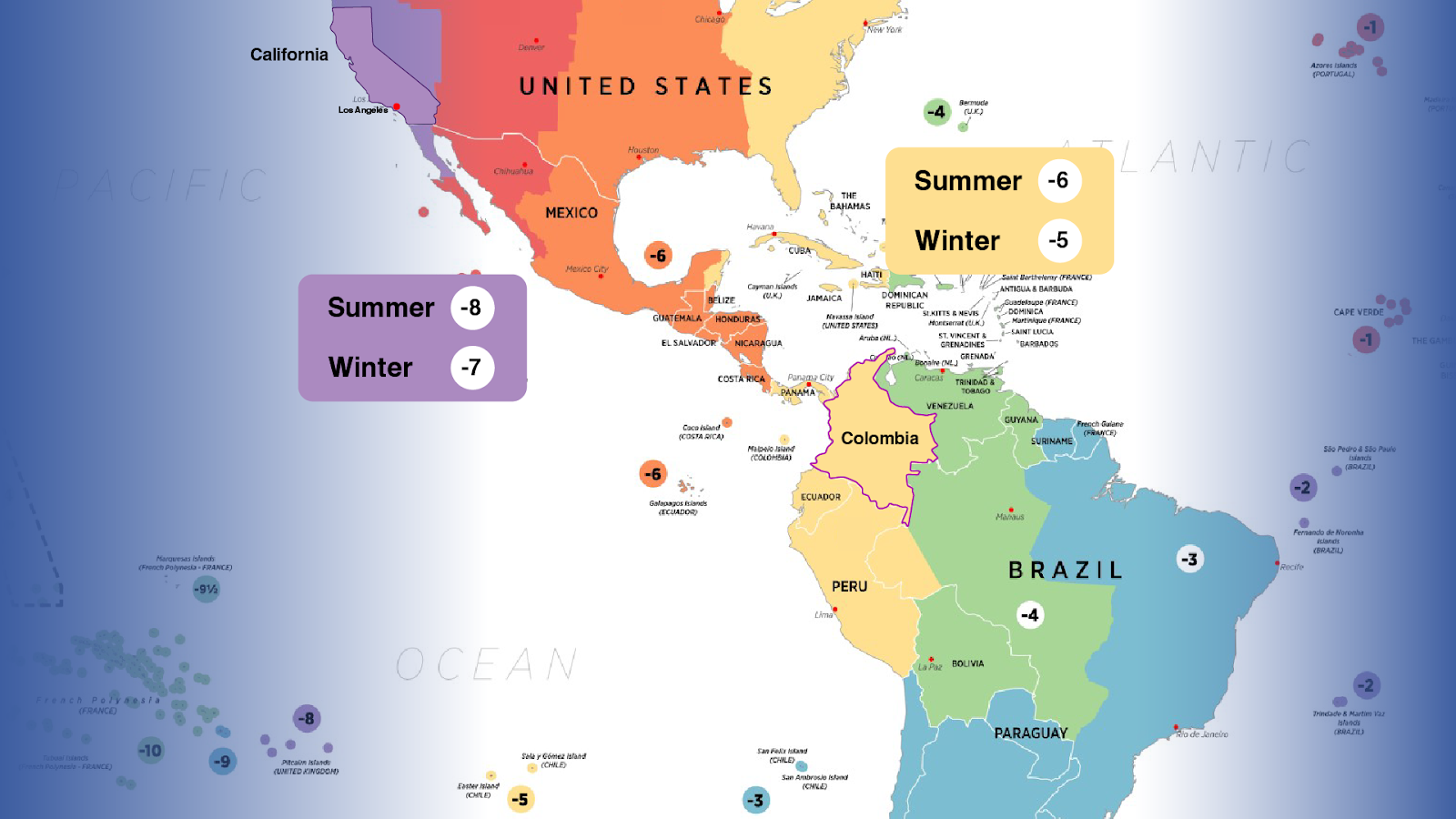Cali, Colombia: The next nearshore tech hub ready to emerge in 2025

In the global competition for technology talent, U.S. companies are increasingly expanding their search beyond traditional markets. While Bogotá and Medellín have long been recognized as Colombia’s innovation powerhouses, Santiago de Cali, the country’s third-largest city, is quietly becoming a strategic player in Latin America’s nearshore ecosystem. Known for its vibrant culture, year-round warmth, and entrepreneurial spirit, Cali is now leveraging its universities, infrastructure, and cost advantages to attract technology investment and international attention.
A city reimagined through technology
For decades, Cali has been celebrated as the world’s salsa capital, blessed with a stable 30°C climate and a lifestyle that blends urban comfort with natural beauty. Yet beneath its festive surface, a transformation is underway. The city’s 2024–2027 digital transformation strategy is reshaping Cali into a forward-looking hub where innovation and opportunity converge.
The municipal agenda emphasizes modernization of digital infrastructure, promotion of bilingualism, and incentives for innovation-driven enterprises. Local leadership has placed technology at the center of economic development, prioritizing formal, high-quality employment and strengthening the region’s competitiveness. This shift has begun to yield tangible results, including increased foreign investment, streamlined business regulations, and growing participation from the private sector.
Companies across technology, fintech, and BPO sectors are taking notice. Global organizations such as TaskUs, Globant, Alorica, Teleperformance, Sitel, and Encora have established operations in Cali, drawn by its skilled workforce and advantageous operating conditions. The city’s Zonamerica Technology Park, a state-of-the-art complex dedicated exclusively to service and technology companies, has become a landmark of Colombia’s modernization, offering world-class facilities and fiscal incentives to international investors.

A deep and growing talent pool
Cali’s talent ecosystem is one of its greatest competitive advantages. Colombia’s technology workforce now exceeds 165,000 professionals, with approximately 15,000 new STEM and ICT graduates each year. The city contributes significantly to this pool through its universities and specialized programs that bridge academia and industry.
- Universidad del Valle: The largest public university in southwest Colombia, renowned for its engineering and computer science programs.
- Universidad Icesi: Among the country’s top-ranked private institutions, internationally accredited (AACSB, AMBA, ABET) and recognized for producing highly employable graduates.
- Pontificia Universidad Javeriana Cali: Offers strong programs in information systems, digital transformation, and data analytics.
Together, these institutions supply a steady stream of professionals ready to meet international standards. Moreover, Cali’s hiring environment remains less competitive than Bogotá or Medellín, enabling companies to attract and retain senior-level engineers and DevOps specialists with greater ease.
Cost efficiency without compromise
Cali offers a compelling value proposition for global companies seeking nearshore operations. Average developer salaries in Colombia range between USD 25,000 and USD 50,000 annually, competitive within Latin America and significantly below U.S. levels, allowing organizations to achieve up to 40% in payroll savings.
Cali’s cost of living is approximately 19% lower than Bogotá and 17% lower than Medellín, according to regional economic benchmarks. This translates into not only lower operational expenses but also improved quality of life for professionals, resulting in higher retention and satisfaction rates. Companies setting up R&D centers or engineering hubs in the region often find that they can scale faster and more sustainably than in other markets.
Time zone alignment and cultural synergy

One of Cali’s strongest assets is its natural alignment with North American time zones. Sharing Eastern Standard Time (EST) for most of the year allows seamless communication and real-time collaboration with U.S. clients and partners. This proximity eliminates overnight delays and fosters closer integration between Latin American and North American teams.
Equally important is the city’s cultural compatibility. Cali’s professionals are known for their adaptability, teamwork, and strong interpersonal communication, qualities that enhance cross-border collaboration. Bilingualism programs promoted by the local government and private institutions continue to expand the English-speaking talent base, ensuring that global companies can operate effectively without communication barriers.
Built for global operations
Cali’s infrastructure now rivals that of more mature hubs in the region. Zonamerica and the Pacific Free Trade Zone (Zona Franca del Pacífico) stand out as key enablers of international business:
- Zonamerica Cali: Colombia’s first services-only free trade zone. It spans 38 hectares, hosts 18 modern buildings, and is designed for BPO, ITO, KPO, and shared services. Companies established here benefit from a 20% income tax rate, VAT exemptions, and customs advantages.
- Pacific Free Trade Zone: A private industrial and logistics park with over 25 years of experience supporting export-oriented businesses, offering similar tax and operational incentives.
Cali’s Alfonso Bonilla Aragón International Airport connects the city to more than 25 international destinations, including Miami, New York, Mexico City, and Madrid. Its proximity to the Pacific coast also ensures access to Colombia’s principal maritime routes, strengthening its position as a logistics hub for the western hemisphere.
A magnet for foreign investment
Cali’s rise as a nearshore destination is backed by steady foreign investment. In 2024 alone, Valle del Cauca attracted approximately USD 225 million through 22 investment projects, creating over 2,000 new jobs. Regional agencies such as Invest Pacific play a critical role by offering support in site selection, legal processes, and workforce recruitment, making the transition for international investors straightforward.
Through public-private partnerships, the city continues to encourage innovation clusters and startup development. The region’s startup ecosystem grew by 29% between 2023 and 2024, reflecting confidence in the local business environment. With sustained growth in fintech, AI, and digital services, Cali is positioning itself among Latin America’s most dynamic mid-sized cities for technology investment.
The human side of innovation

Cali’s business appeal extends beyond balance sheets and tax incentives. The city consistently ranks high in livability metrics, combining urban development with access to nature and culture.
- Healthcare: Home to leading institutions such as Fundación Valle del Lili and Clínica Imbanaco, ranked among Latin America’s top hospitals.
- Education: Robust network of bilingual and international schools for families relocating to the region.
- Lifestyle: Known for its culinary diversity, outdoor cafés, and a service-oriented culture that fosters a sense of community.
- Climate and environment: A year-round tropical climate, no extreme weather, and immediate access to natural reserves such as the Farallones mountain range and Colombia’s coffee region.
This combination of professional opportunity and quality of life is transforming Cali into a preferred destination for expatriates, remote professionals, and digital nomads who seek both economic and personal fulfillment.
From cost savings to strategic value
The global perception of nearshoring has evolved. What was once primarily a cost-driven strategy is now a pursuit of strategic value, proximity, innovation, and resilience. Cali exemplifies this new model. The city’s ecosystem is not just delivering outsourced services, it is co-creating technological solutions and fostering sustainable growth.
Cali’s emerging AI and healthcare tech initiatives, showcased during Macrorrueda 2025, highlight its transition toward higher-value innovation. As local universities and research centers strengthen their partnerships with industry, the city is cultivating specialized expertise that differentiates it within the Latin American market.
A hub poised for global recognition
With strong digital infrastructure, a competitive cost structure, and an expanding pool of bilingual professionals, Cali is entering a pivotal phase of international recognition. Its strategic advantages, time zone alignment, government incentives, and accessible talent, make it one of the most promising nearshore destinations in Latin America.
By 2025, Cali’s trajectory points toward inclusion among the region’s leading technology hubs. For global organizations evaluating nearshore strategies, the city represents a balance of affordability, capability, and sustainability, attributes that define the next chapter of technology globalization.
Key data points at a glance
- Tech workforce: 165,000+ professionals in Colombia; 15,000 STEM graduates annually.
- Startup growth: 29% increase in Cali from 2023 to 2024.
- Foreign investment: USD 225M in 2024 across 22 projects.
- Tax incentives: 20% income tax in free trade zones vs. 35% standard.
- Connectivity: 25+ international flight routes; Tier IV data center presence.
- Cost advantage: Up to 40% savings on engineering salaries.
- Quality of life: 19% lower living costs than Bogotá; top-tier healthcare and education.












